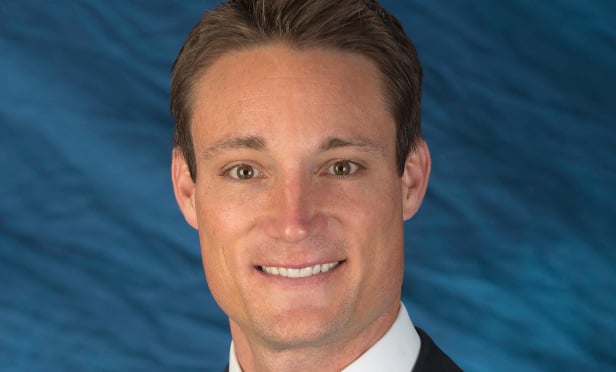SAN DIEGO—The UTC submarket has by far the highest concentration of physicians in the county, while the entire 78 Corridor has had a disproportionately high amount of new medical-office development, JLL SVP Chris Ross tells GlobeSt.com. According to the firm's Q2 medical-office report for the San Diego region, the four submarkets with the lowest vacancy rates are Kearny Mesa (4.1%), East County (5.0%), South County (5.7%) and Uptown/Hillcrest (6.2%), mainly due to next-to-nil development of multi-tenant medical-office product in these communities over the past 10 years.
The report also revealed that 2017 will likely come to a close with record-setting medical-office investment metrics across the board in sales volume, cap rate and price per square foot. Moreover, 10 years ago, there were only three or four MOB owners that were institutional, multi-market players that specialized in healthcare, whereas today at least a dozen of these firms own healthcare real estate in San Diego County. Welltower, Ventas, CNL, Anchor, Carlisle, Northstar, ARC and Virtus have all acquired medical buildings recently, and nearly every other household name wants to join the party.
As far as leasing goes, the report showed that most of the leasing activity is coming from three-to-six-physician practices since a higher percentage of doctors coming out of school or residency are either joining large systems or existing practices. The San Diego County medical-office market saw net absorption of 106,986 square feet over the past 12 months, which represents approximately 10% of the county's available space being absorbed, and overall vacancy is now down to 6.8%.
Recommended For You
Want to continue reading?
Become a Free ALM Digital Reader.
Once you are an ALM Digital Member, you’ll receive:
- Breaking commercial real estate news and analysis, on-site and via our newsletters and custom alerts
- Educational webcasts, white papers, and ebooks from industry thought leaders
- Critical coverage of the property casualty insurance and financial advisory markets on our other ALM sites, PropertyCasualty360 and ThinkAdvisor
Already have an account? Sign In Now
*May exclude premium content© 2025 ALM Global, LLC, All Rights Reserved. Request academic re-use from www.copyright.com. All other uses, submit a request to [email protected]. For more information visit Asset & Logo Licensing.









